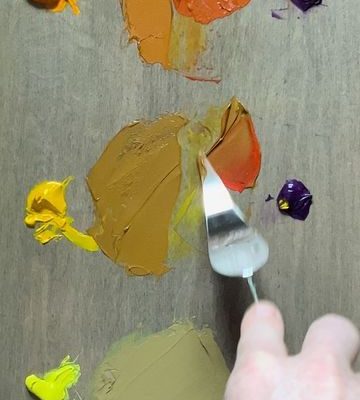How to Make a Well

Introduction:
Water is an essential resource for every living being on Earth. For those living in rural areas or off-grid, having a well can be a crucial and convenient source of water supply. In this article, we’ll discuss how to make a well, step by step.
Designing Your Well:
1. Choose the right location: To increase your chances of finding water, look for low-lying areas where you’ve noticed water pooling or lush vegetation growth that indicates the presence of moisture underground. If you have access to topographical maps or hydrological surveys, use them as guides.
2. Determine the depth: Consult local records, drillers’ logs or your neighbors’ wells to gain insights into their well depths. Based on these findings, select a suitable depth for your well.
3. Plan the well type: Wells come in two types – dug and drilled. Dug wells are shallow (about 30-50 feet deep) and require intense manual labor using shovels or excavators; these wells are susceptible to contamination as they are near the surface. On the other hand, drilled wells are deeper (usually exceeding 70 feet), require machinery such as rotary drilling equipment or augers, and have a lesser chance of contamination.
Construction Process:
1. Permits and regulations: Before starting any work on creating a well, check your local government requirements and obtain the required permits to avoid legal complications.
2. Gather necessary tools and equipment: Depending on whether you opt for a dug or drilled well, obtain necessary digging tools like shovels or renting drilling equipment.
3. Digging or drilling: Begin digging or drilling based on your chosen well type. For dug wells, use shovels or excavators to remove debris until reaching the desired depth; constantly reinforcing the sides of the hole to prevent collapse is vital. Conversely, for drilled wells, deploy the drilling machinery to drill deep into the ground, preferably using a drilling rig along with a drill bit at the end of a metal pipe.
4. Installing casing and screens: Once you hit water, lower a casing (metal or plastic pipe) into the hole up until it’s securely fitted. This casing acts as a protective lining for the well, ensuring that contaminants and loose debris don’t enter the water. At the bottom of the casing, attach a mesh screen to prevent sand or small pebbles from entering while permitting water flow.
5. Developing the well: After installing casing and screens, remove residual mud and fine particles from the well by pumping air or water into it. This process ensures that your well produces clear and clean water.
6. Installing a pump: Choose a suitable pump depending on your requirements and preferences, including submersible pumps, jet pumps, or hand pumps. Install this pump to extract water from your well.
7. Disinfection: To ensure your well’s water quality is potable and free of contaminants, disinfect it using chlorine or an appropriate disinfecting technique before commencing regular use.
Conclusion:
By following these steps, you can successfully create a well to meet your groundwater demands. Regular maintenance of your well will provide long-term benefits and uninterrupted supply of fresh water for years to come.






